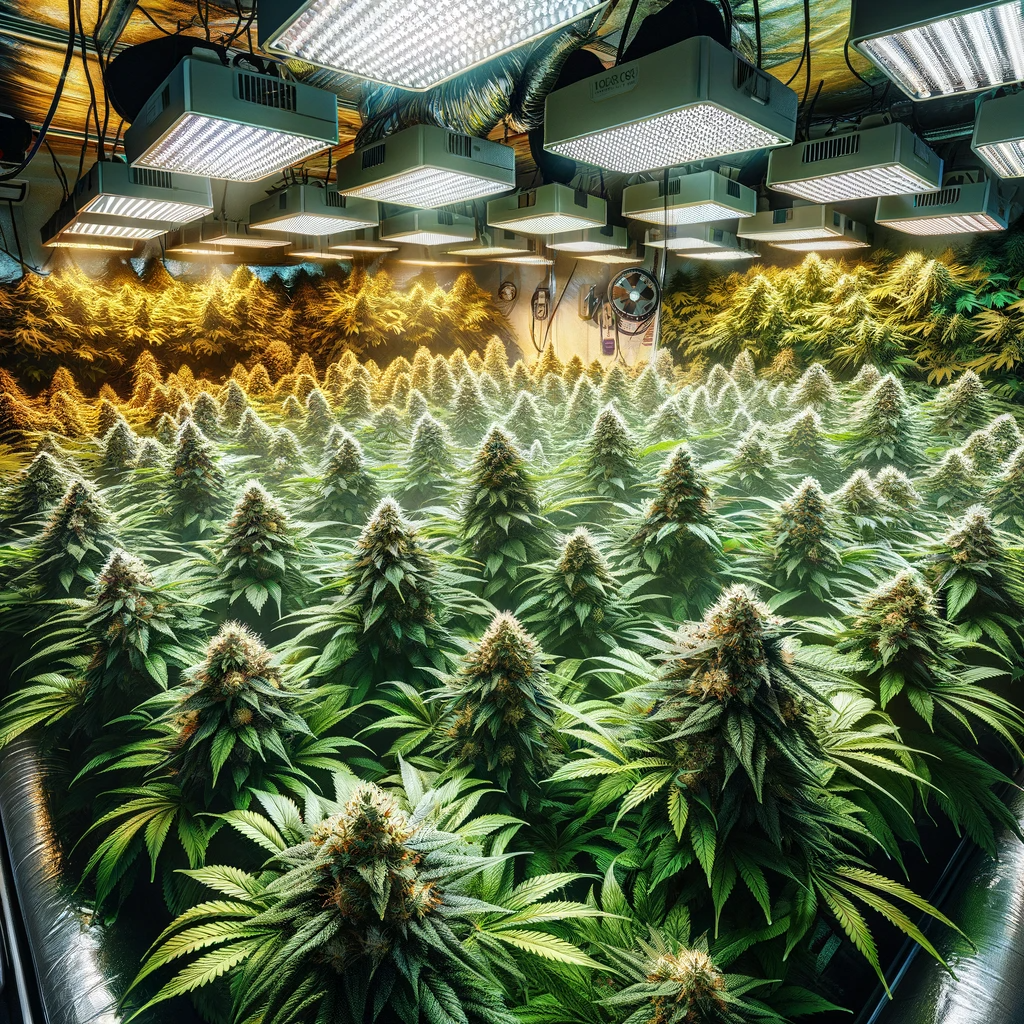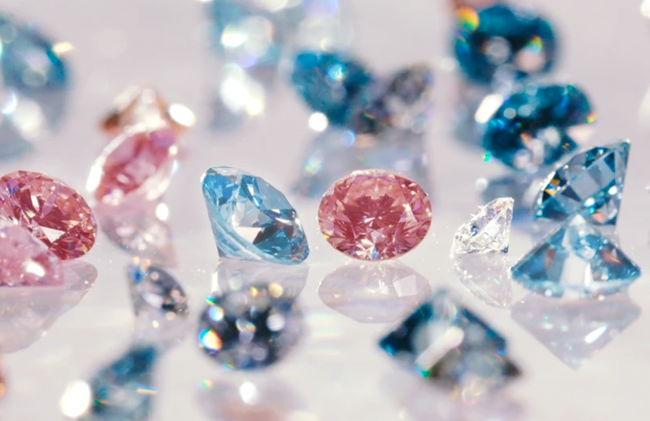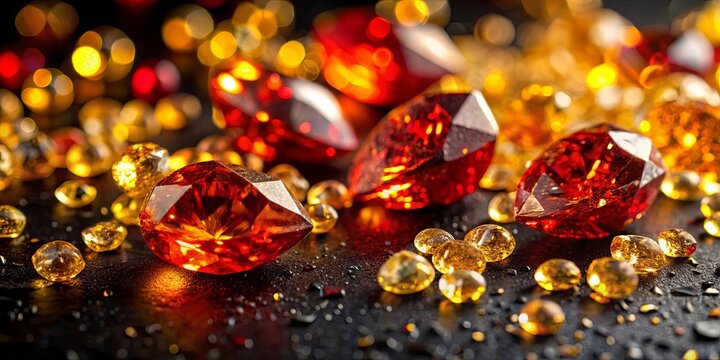Introduction: The Sparkle of Controversy
Have you ever wondered what makes a diamond truly valuable? Is it the age-old tradition of natural diamonds, formed over billions of years, or the modern marvel of lab-grown diamonds, identical in every way but without the environmental toll? This question has sparked a significant debate, intertwining culture, ethics, and technology. In this article, we delve into the world of diamonds, exploring the cultural significance of these precious stones and the rising popularity of cultures and lab grown diamonds.
The Cultural Significance of Natural Diamonds
Diamonds have long held a place of reverence in human history. From ancient civilizations to modern times, these gems have symbolized wealth, power, and eternal love. But why do we value diamonds so highly?
- Historical Importance: Historically, diamonds have been associated with power and status. In ancient India, diamonds were used as religious icons and were believed to bring protection and invincibility in battle. In Europe, they adorned the crowns and jewelry of royalty, signifying wealth and divine right.
- Emotional Value: Diamonds are often linked to significant life events. The tradition of diamond engagement rings, popularized in the 20th century, has cemented their place as symbols of commitment and love. As Marilyn Monroe famously sang, “Diamonds are a girl’s best friend,” highlighting their association with glamour and romance.
- Economic Impact: The diamond industry has significant economic implications, particularly in countries like Botswana and Russia. The mining and sale of natural diamonds contribute to the economy, providing jobs and infrastructure.
Lab-Grown Diamonds: The Science Behind the Sparkle
As technology advances, lab-grown diamonds have emerged as a sustainable and ethical alternative to natural diamonds. But what exactly are lab-grown diamonds, and how do they compare to their natural counterparts?
- Creation Process: Lab-grown diamonds are created using two main methods: High Pressure High Temperature (HPHT) and Chemical Vapor Deposition (CVD). Both methods replicate the natural conditions under which diamonds form, resulting in stones that are chemically lab grown diamonds, physically, and optically identical to mined diamonds.
- Environmental Benefits: One of the primary advantages of lab-grown diamonds is their reduced environmental impact. Traditional diamond mining can be devastating to ecosystems, involving significant land disruption, water usage, and carbon emissions. Lab-grown diamonds, on the other hand, require less water and energy, and their production results in lower carbon emissions.
- Ethical Considerations: Lab-grown diamonds eliminate the ethical issues associated with “blood diamonds” or conflict diamonds, which are mined in war zones and sold to finance armed conflict against governments. Choosing lab-grown diamonds ensures that your purchase does not contribute to human rights abuses.
The Market Dynamics: Acceptance and Adoption
The diamond market is undergoing a significant shift as consumers become more aware of the benefits of lab-grown diamonds. However, this shift is not without its challenges.
- Consumer Perception: Initially, lab-grown diamonds faced skepticism, with some consumers viewing them as inferior or “fake.” However, as awareness grows and more celebrities and influencers endorse lab-grown diamonds, public perception is changing. The jewelry industry is seeing a growing acceptance of lab-grown diamonds, particularly among younger, eco-conscious consumers.
- Economic Factors: Lab-grown diamonds are generally less expensive than natural diamonds, making them an attractive option for budget-conscious buyers. This price difference is due to the lower costs of production and the absence of the middlemen typically involved in the mining and distribution of natural diamonds.
- Industry Response: The traditional diamond industry has had to adapt to the rise of lab-grown diamonds. Some companies have embraced the change, incorporating lab-grown options into their product lines, while others continue to emphasize the unique value and rarity of natural diamonds.
Future Prospects: The Diamond Industry Reimagined
What does the future hold for the diamond industry? The increasing popularity of lab-grown diamonds suggests a significant transformation is underway.
- Technological Advancements: As technology continues to improve, the quality and variety of lab-grown diamonds will increase. This will likely lead to greater consumer acceptance and potentially new uses for diamonds in technology and industry.
- Sustainability Trends: The trend towards sustainability is not just a passing fad. Consumers are becoming more conscious of the environmental and ethical implications of their purchases. Lab-grown diamonds align perfectly with this trend, offering a guilt-free alternative to traditional diamonds.
- Cultural Shifts: The cultural significance of diamonds is evolving. While natural diamonds will always hold a place of historical and sentimental value, lab-grown diamonds are carving out their own niche. They are becoming symbols of innovation, sustainability, and a modern approach to luxury.
Conclusion: Shaping a Brighter Future
In conclusion, the debate between natural and lab-grown diamonds is not just about aesthetics or value; it’s about what we, as a society, prioritize. Are we more inclined to uphold tradition and rarity, or are we ready to embrace sustainability and ethical responsibility? The rise of lab-grown diamonds offers an exciting glimpse into a future where luxury and conscience coexist harmoniously. Whether you choose a natural diamond or a lab-grown one, understanding the implications of your choice is crucial. After all, in the sparkling world of diamonds, it’s not just about the shine, but the story behind the stone.





![fixed [pii_email_16df9e8ab2888d6ea5fa] fixed [pii_email_16df9e8ab2888d6ea5fa]](https://pqrnews.com/wp-content/uploads/2021/01/pii_email_b4969755ef6881519767-696x392.png)



